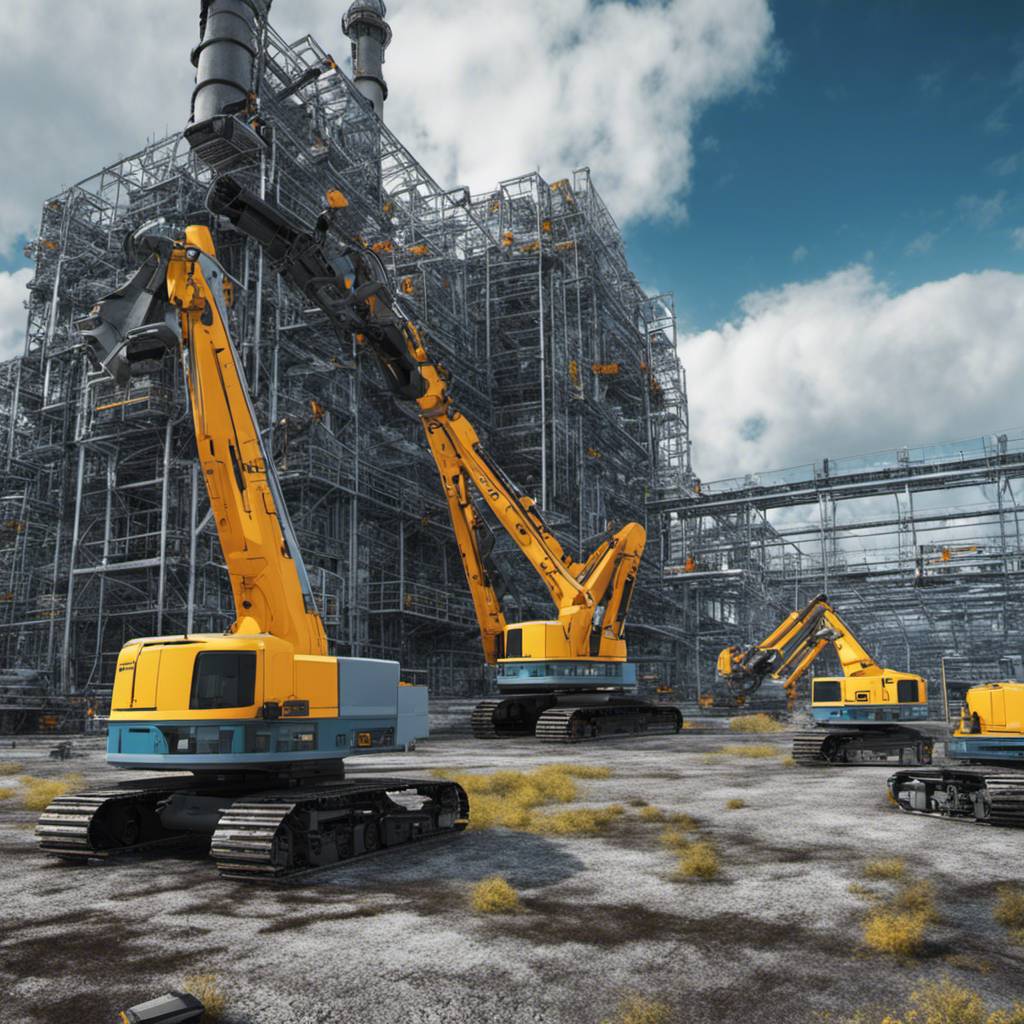In a groundbreaking initiative, React Engineering, a company based in Cleator Moor and a member of the Nuclear Decommissioning Ltd consortium, is utilizing robotics to decommission parts of the Dounreay nuclear facility near Thurso, Scotland. This particular operation involves an Evaporator Cell that has been inaccessible to humans for over three decades, necessitating the need for more data before personnel can safely enter.
The project’s primary objective was to accumulate comprehensive data to bridge knowledge gaps crucial for crafting an efficient decommissioning strategy for the nuclear facility. Collaborating with Createc and Boston Dynamics, React Engineering employed Spot the dog robots to facilitate the decommissioning planning process.
Two Spot robots, equipped with an array of devices, were deployed into the Evaporator Cell. These robots were capable of measuring the cell dimensions, collecting swabs for radioactivity readings, and establishing robust communication channels to transmit images and videos back to the team. The data gathered through this survey is instrumental in forming a decommissioning plan, as it reduces uncertainty and its associated costs.
The robots played a significant role in challenging previous assumptions and providing increased certainty for future operations. With this new wealth of information, the team can now formulate a decommissioning plan that accurately accounts for safety hazards, thereby leading to cost savings and enabling more informed decision-making.
Chris Weir, Principal Consultant at React-NDL, commented on the project: “The application of robotics enabled us to venture into a remote cell that has remained untouched by personnel since the 1990s. The wealth of information obtained through this innovative approach has provided insights that traditional technologies could not have achieved. This has significantly assisted in our decommissioning planning and given us greater certainty on future decommissioning liability while keeping humans safe from radiation hazards. It was a truly captivating project that leveraged cutting-edge technology to accomplish a complex task.”
The survey kicked off in November 2022, preceded by comprehensive engineering work and safety assessments to ensure a successful survey. The data collected from the survey was invaluable, providing images of the cell’s basement for the first time in over three decades, determining radiation levels within the cell, and identifying primary sources of radiation.
The cell’s walkways proved to be an ideal environment for Spot, which was able to gather the necessary information. The robot’s physical capabilities allow it to navigate and handle challenging environments.
This project exemplifies how electronics, computers, programming languages, and coding can come together to solve complex problems in the nuclear decommissioning sector. It shows that the use of robotics and advanced technology can not only improve safety but also lead to significant cost savings and more informed decision-making. As the electronics industry continues to evolve, we can expect to see more innovative solutions like this in the future.
